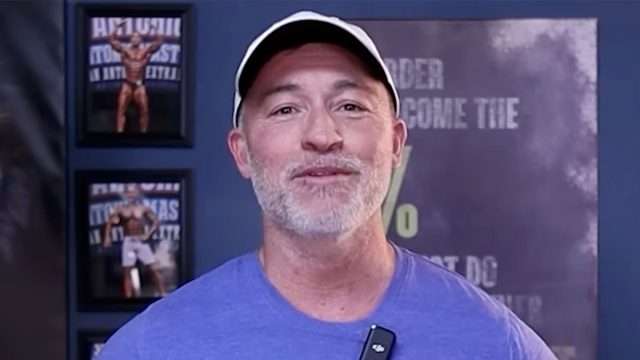15 Surprising Fat-Blasting Tricks for Men Over 50
Gary Walker from Live Anabolic is an expert in the field of fitness and weight loss, and has great advice for men over 50 who want to get rid of stubborn fat that won't shift. Some of his advice is diet-related, and some are workout-related, but Walker has solid, practical advice to get men over 50 healthy and in the best shape of their lives. Here's what he has to say about fat-blasting tricks and tips that actually work.
Cut Out Sugar
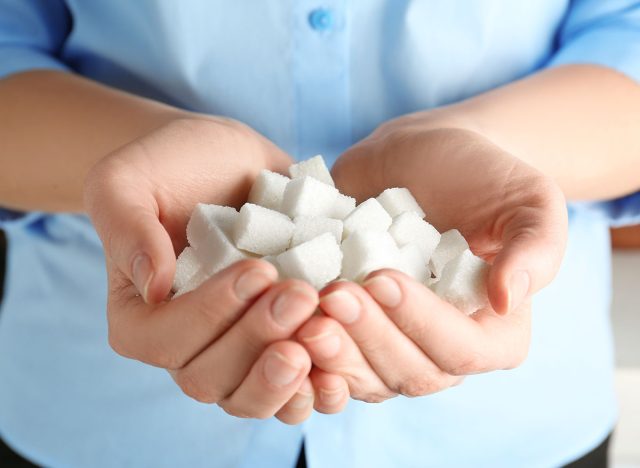
Walker suggests removing sugar from your diet, calling it "totally worthless" nutrition-wise. "More than 50 percent of added sugar comes from sweetened beverages we consume – soda, energy/sports drinks, juices, and sweetened tea or coffees, to name a few," Linda Folken, MS, RDN, CSOWM, CDN, tells Mather Hospital. "Just by switching out sweetened beverages for their non-calorie counterparts, you may be able to cut your added sugar intake by more than half."
Carb Cycling
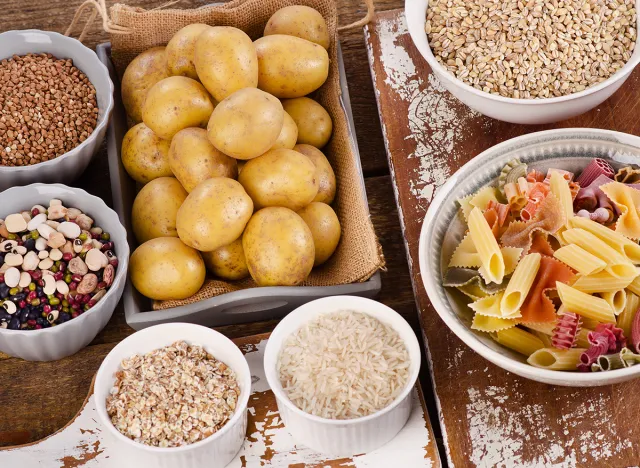
Walker recommends carb cycling to boost metabolism, where you eat just 50 grams of carbs on days you don't work out. This means you have to track everything you eat so you know what carbs are in your food. On a moderate carb day, he recommends half a gram of carbs for each pound of body weight. On a high-carb day, which should be a workout day, you get 2 grams of carbs for each pound of body weight. "What we're doing is we're tricking our body," he says.
Improve Your Nutrition
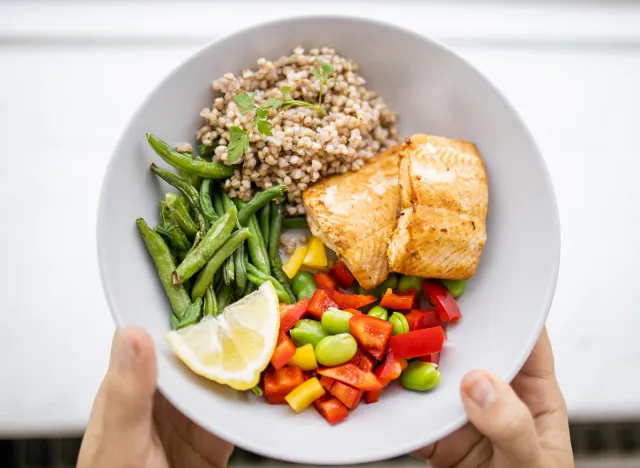
Walker makes the point that you can't just wing it with your diet to lose that final stubborn 10 pounds. "The bottom line is, to lose that last 10 pounds, what got you to this point won't get you to where you want to be," he says. "You need to dot your I's and cross your T's. Pay close attention to extra calories you can cut. It could be something as simple as salad dressing or how much peanut butter you spread onto a sandwich. Try to be as precise as possible, knowing how many calories you're consuming, and then cut where you can."
Replace Some Carbs With Protein
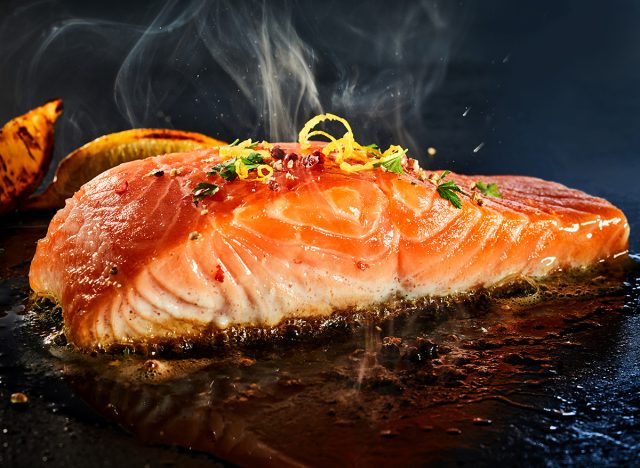
Walker makes the point that protein can help boost your metabolism, so try replacing some carbs with quality protein. "Not all of your carbs. But some of them. Protein is harder for your body to digest, plus it stimulates muscle protein synthesis, both of which will increase your resting metabolic rate and help you to burn more calories."
Increase Your Exercise
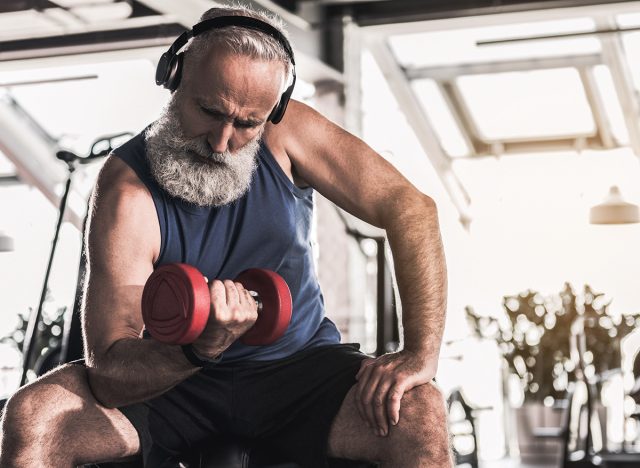
Making even small changes to your exercise routine can yield results, Walker says. "Even if you're adding just one more exercise per workout… or one more day of working out per week… burning those extra calories will help you to hit your goal over time."
High Intensity Cardio
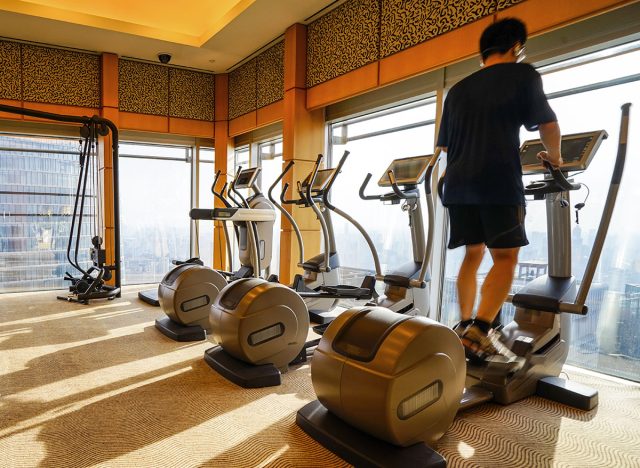
Walker recommends high-intensity cardio sessions. "HIIT and other high-intensity exercise programs help you burn a lot of calories in a short amount of time," according to UC Davis Health. "Research has also shown that you keep burning calories for hours after your workout is finished. These workouts typically cause you to burn more fat and build muscle. Studies have also shown that high-intensity workouts may help lower blood pressure and heart rate."
Resistance Training
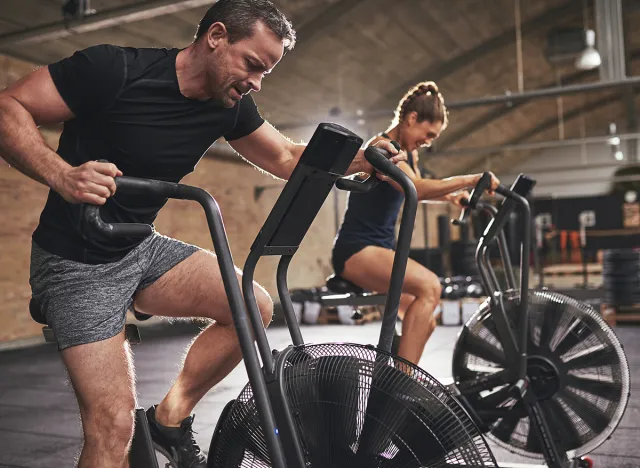
Walker suggests adding resistance training to your workout regimen. "Your body fat percentage will increase over time if you don't do anything to replace the lean muscle you lose over time," says the Mayo Clinic. "Strength training can help you preserve and enhance your muscle mass at any age."
Walking Every Day
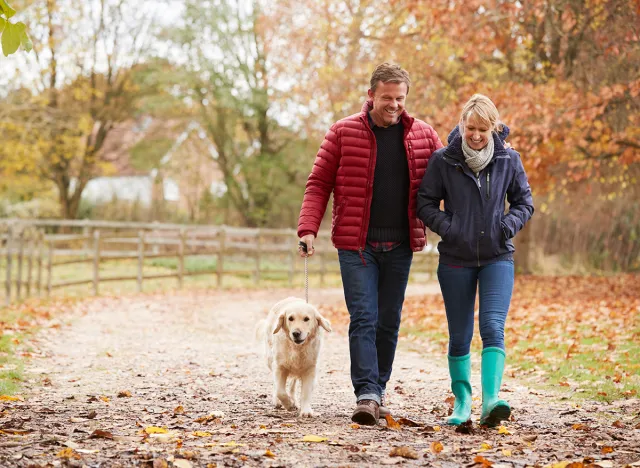
Walker recommends walking every day to help blast fat. "Several studies have found that walking reduces arthritis-related pain and that walking five to six miles a week can even prevent arthritis from forming in the first place," says Harvard Health. "Walking protects the joints — especially the knees and hips, which are most susceptible to osteoarthritis — by lubricating them and strengthening the muscles that support them."
Improve your Sleep

Walker emphasizes how crucial sleep is for weight loss. "When you don't get good sleep, your body holds onto fat," he says. "It's your body's survival mechanism. So if you aren't sleeping well, you can try things like creating a consistent sleep schedule, keeping your room cool, and turning off screens at least a couple hours before bed."
RELATED: 7 Tips for Losing Weight After Age 50
Eat At a Calorie Deficit
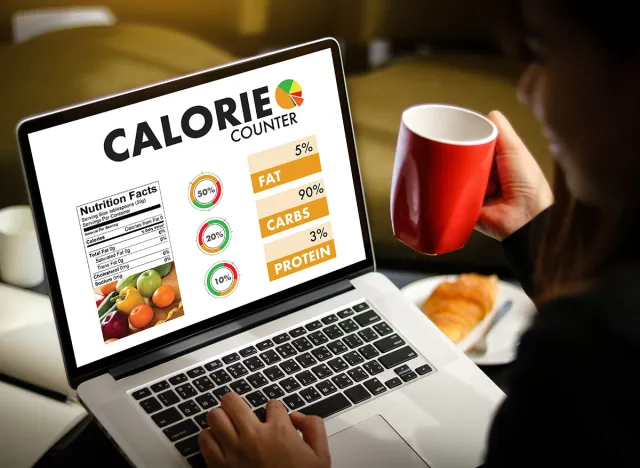
Walker recommends eating at a calorie deficit to encourage fat burning. "That means you eat less calories than you burn… and that's when your body starts to burn fat, including belly fat," he says. "There are a lot of ways to do this. Simple is best, in my opinion. Simply keep track of what you eat in a food journal and pay attention to the scale. Measure your progress. You want most of that weight loss to be from fat, not muscle. So you'll want to consume a lot of protein – because protein helps you maintain muscle."
Adjust the Deficit
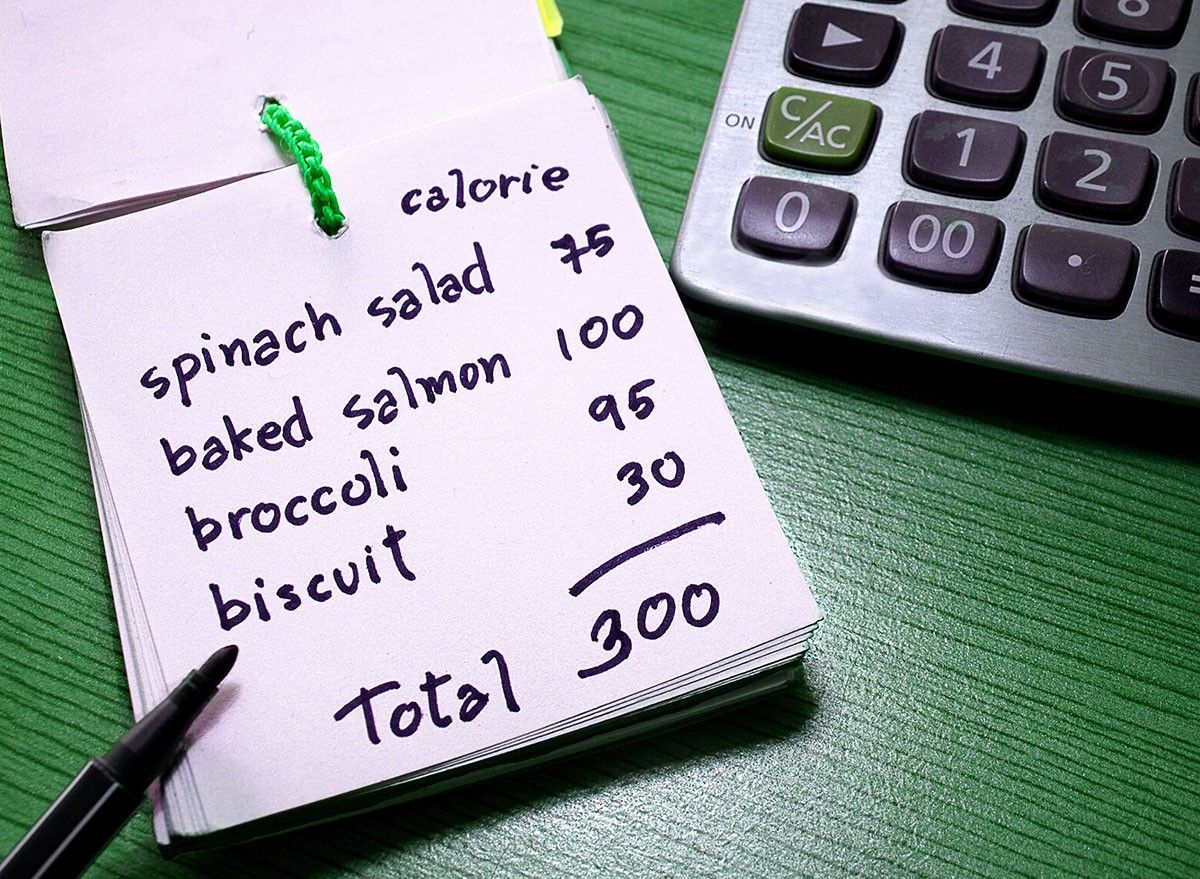
Walker says to adjust your calories after a month. "As you lose more weight, your metabolism will begin to decrease, so you lose less fat per day," he says. "This isn't a bad thing. It's just how the body works. This just means the caloric deficit you used to get past stage 1 to stage 2 likely won't get you from stage 2 to stage 3. This is when you'll want to not just record what you eat and what you weigh."
Count Calories Once a Week
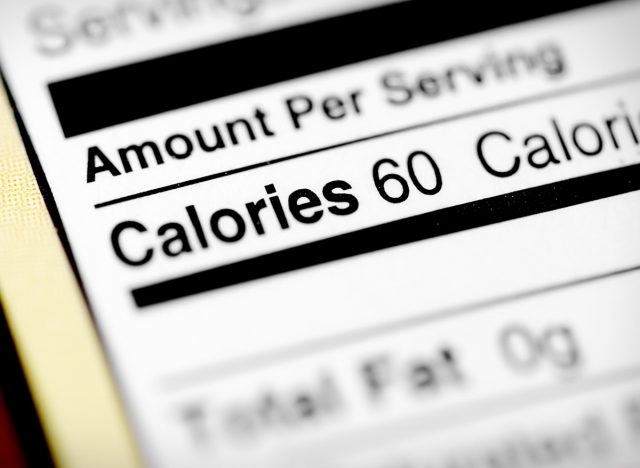
As you get closer to your fat-burning goals, Walker suggests tracking calories once a week and cleaning up your diet. "But you'll also start measuring the ratios of protein, carb, and fat for your meals," he says. "You'll eat more high volume foods… which is less sweets and junk, and more foods that aren't processed, are lower calorie, but keep you fuller for longer. At this point, you'll want to cut out empty calories, which means cutting out alcohol and candy and things like that."
Sprinting Exercises
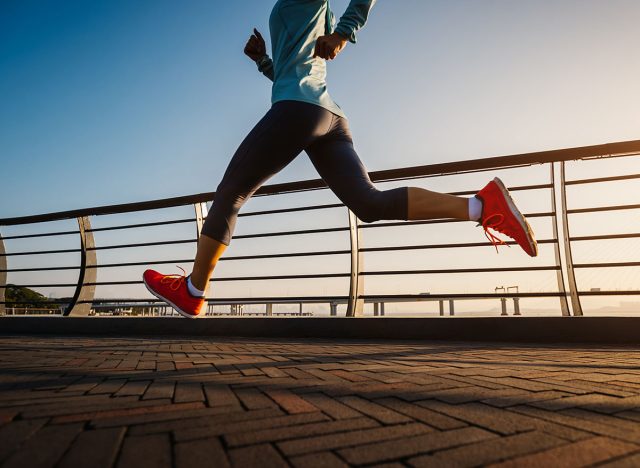
Walker recommends sprinting exercises to blast belly fat. "Sprinting is great for our hormones and increases our testosterone," he says. "That means that your body is going to use fat for energy. The great thing about sprinting is that your body doesn't stop burning calories and fat once you stop running."
Mountain Climbers
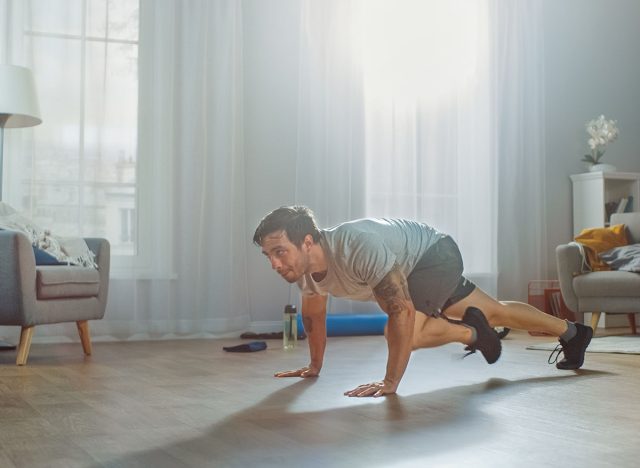
Walker also recommends doing mountain climbers to burn fat. "Mountain climbers are great cardio, but they also engage your core and really work your midsection," he says. "Mountain climbers also trigger that afterburn effect, which is huge for how to lose belly fat. These are great get rid-of-belly fat exercises, so make sure to do this in your weekly workouts. Doing high-intensity interval training is fantastic for building muscle, burning fat, and improving your cardiovascular system."
Bicycle Cross Crunches
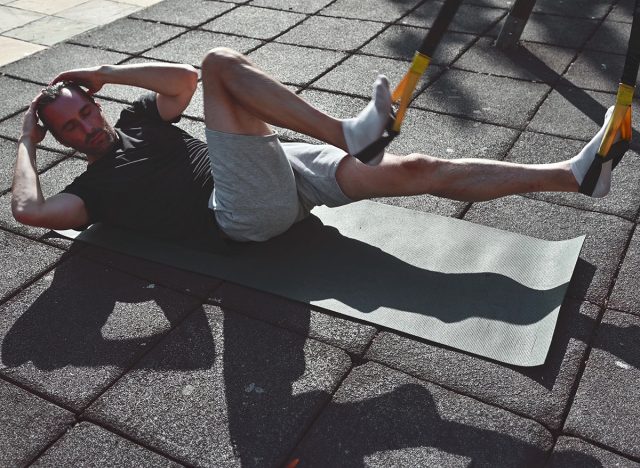
Walker says this is his favorite ab and core workout. "This exercise really does work all the muscles in our core, which is helpful and one of the best get rid of belly fat exercises," he says. "This exercise is also great because it doesn't put a lot of stress on your neck or back. It is a great all around exercise that burns a lot of calories, and it is way better than planks because planks is a static exercise." And if you enjoyed this article, take advantage of these 20 Superfoods for People Over 50.
